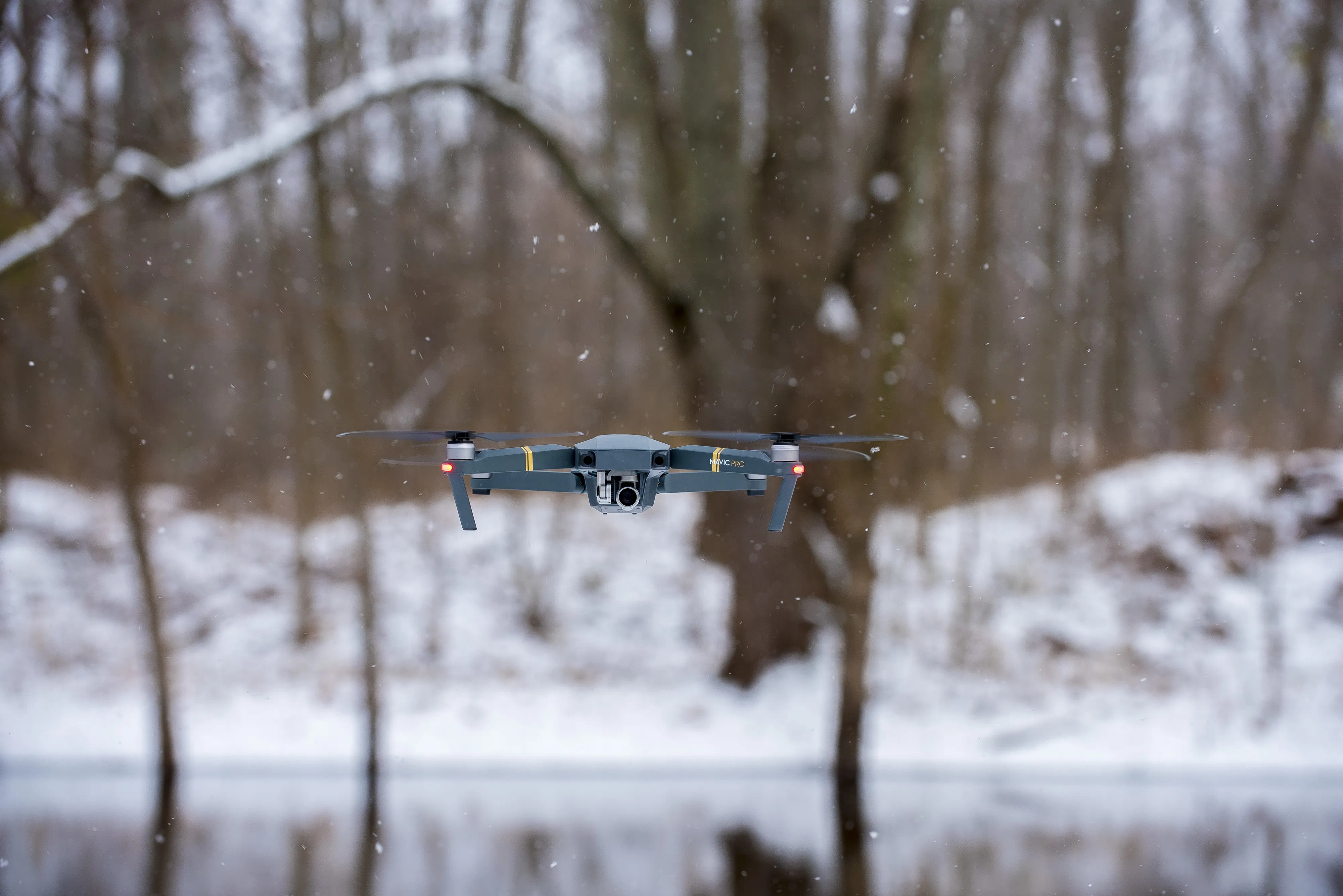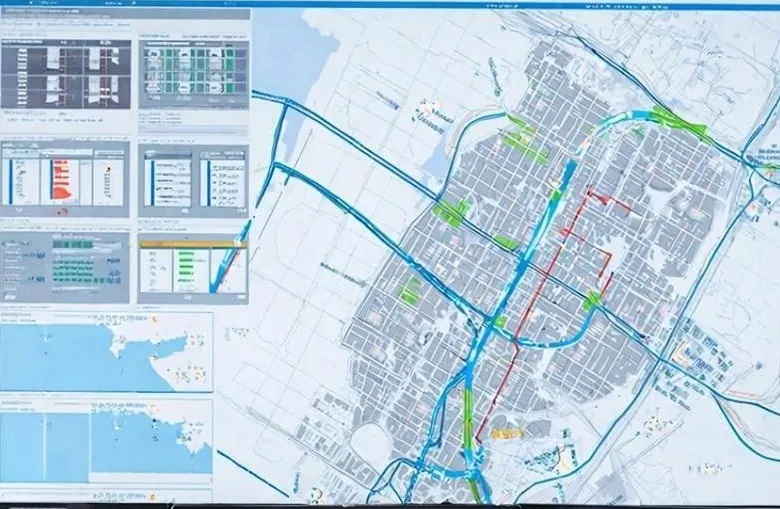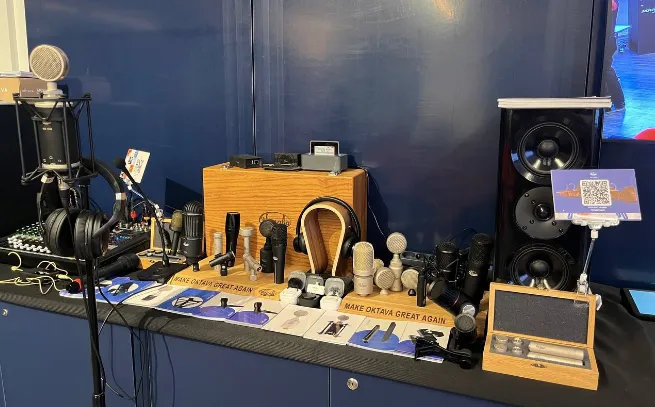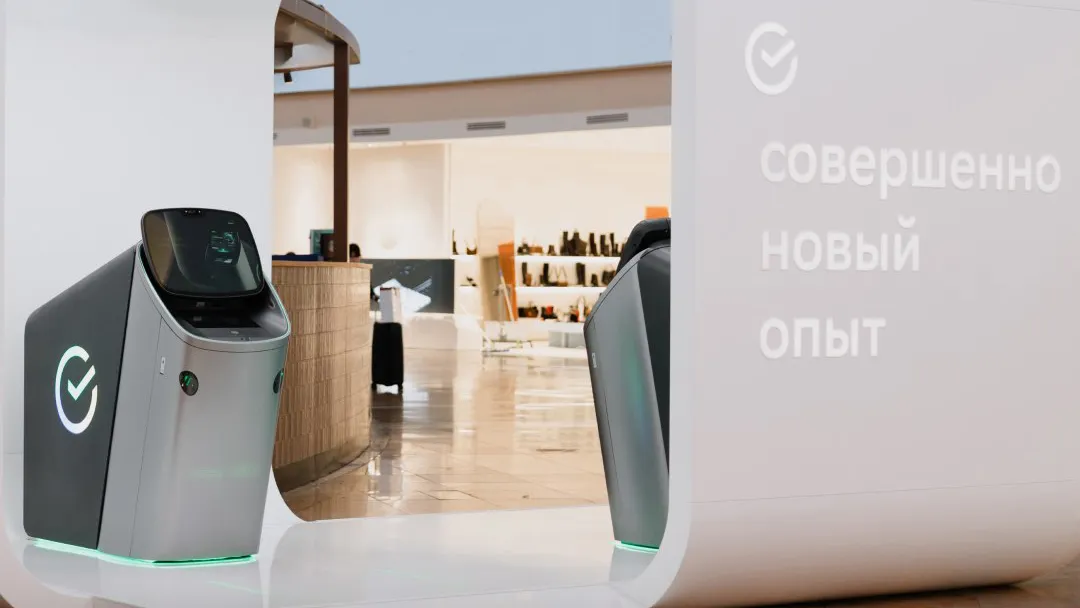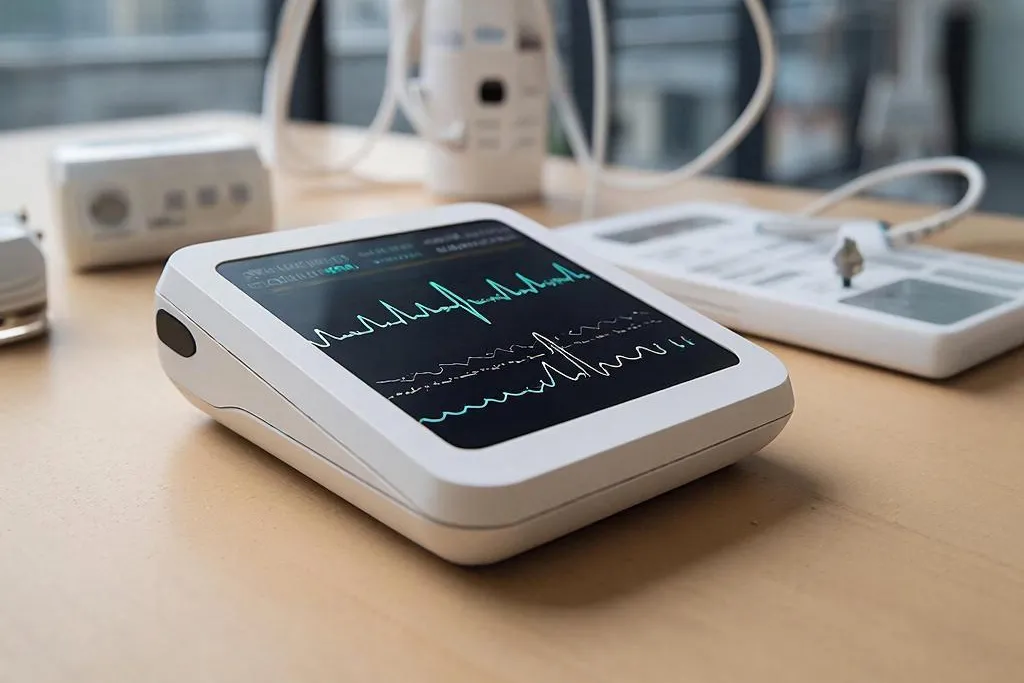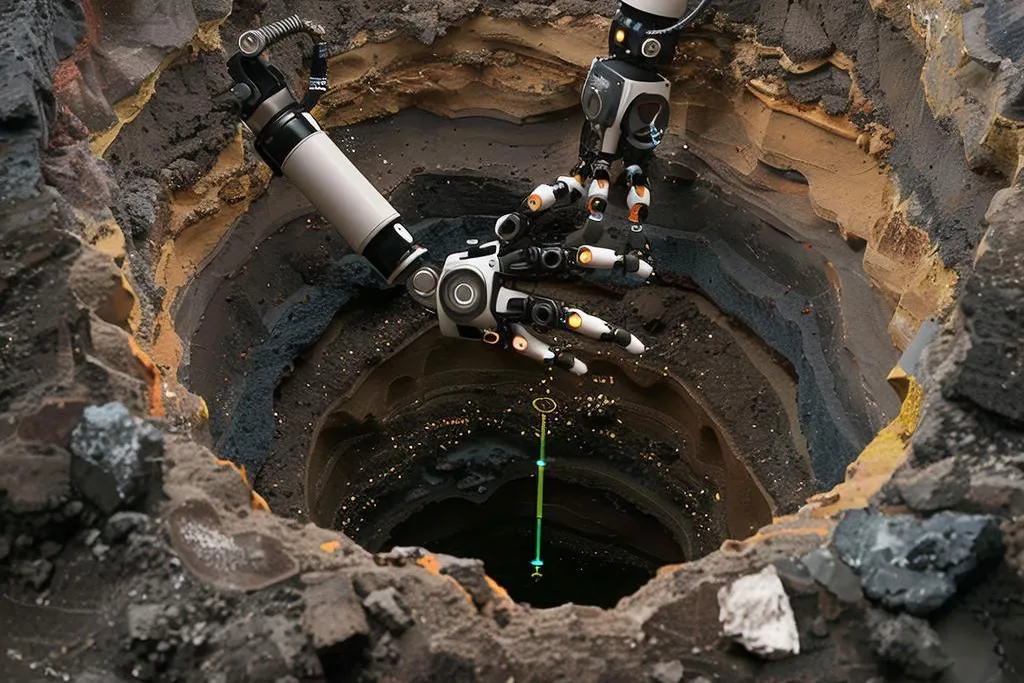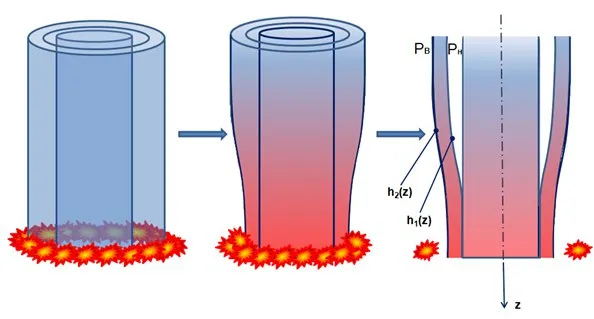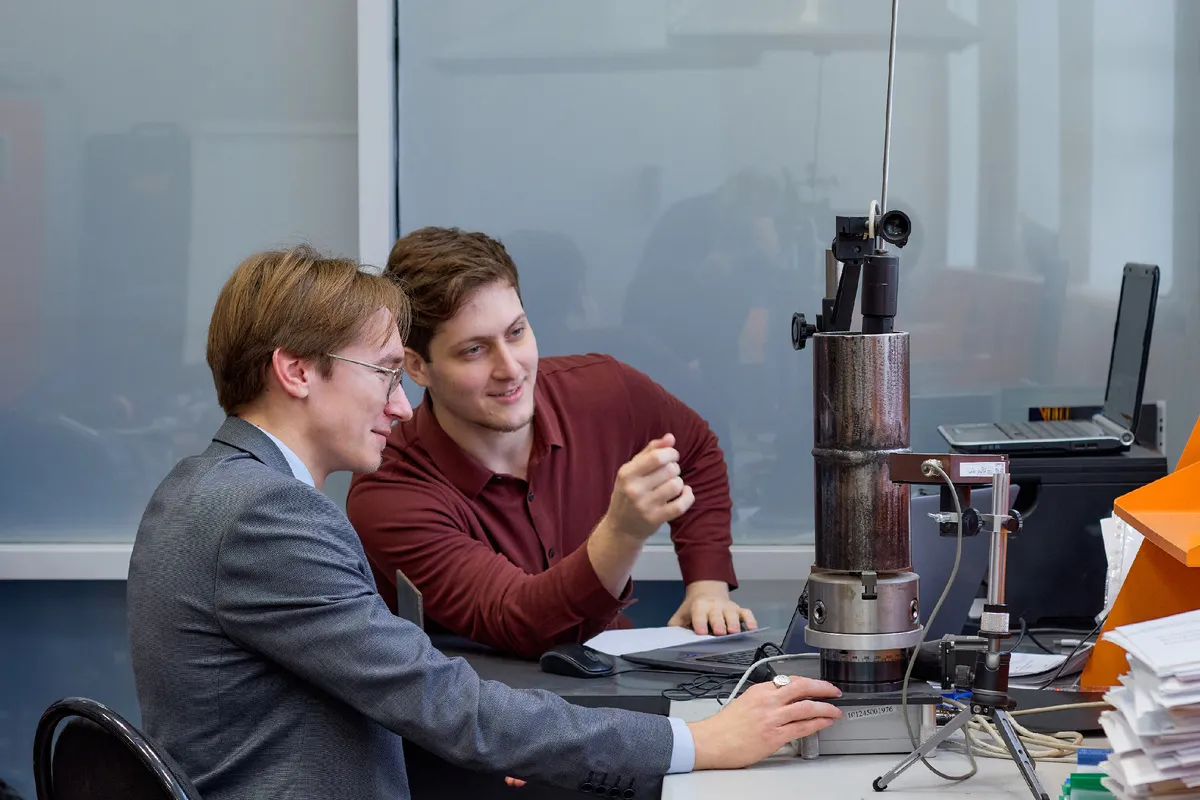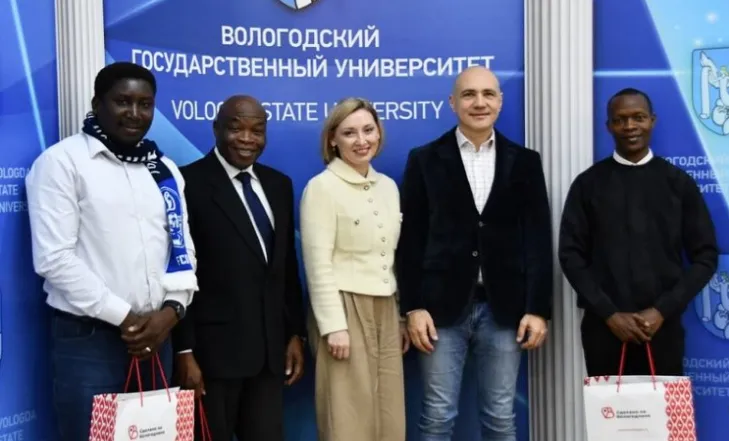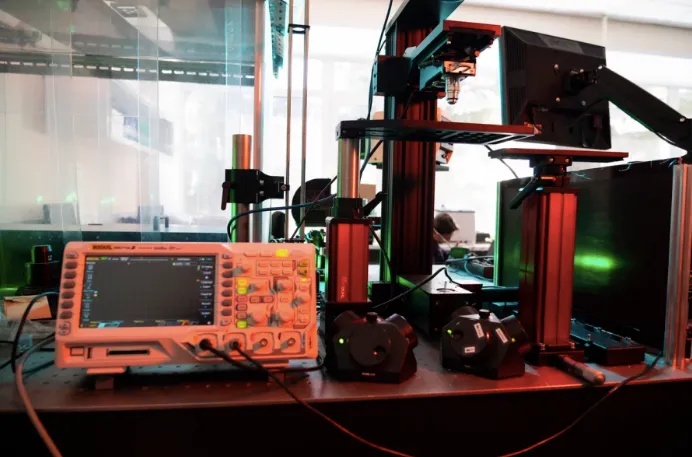Russia Builds Digital Twin of a City to Simulate Cyberattacks
The virtual environment allows researchers to model threats, test defenses, and train cybersecurity specialists using lifelike urban infrastructure.

Researchers at the St. Petersburg Federal Research Center of the Russian Academy of Sciences (SPC RAS) have developed a digital twin of a city to study and defend against cyberattacks targeting smart devices, messaging platforms, and banking applications. The system is also designed to train specialists in cyber defense and digital forensics, the center’s press service told TASS.
Four Infrastructure Types and Behavioral Simulation
The virtual city includes four core infrastructure types that represent the sectors most vulnerable to cyber threats. Among them is a banking ecosystem complete with user authentication, accounts, transactions, and service portals. Another section models mobile communications, including SMS and messenger platforms.
Researchers also built a digital SCADA (Supervisory Control and Data Acquisition) system simulating an oil company’s industrial control network, as well as a replica of a research institution designed to test defense strategies against data theft and espionage attempts targeting proprietary technologies.
The project even includes a behavior simulation system that mimics the actions of employees within these networks—adding realism to cyberattack scenarios and allowing security teams to observe how human factors influence digital vulnerabilities.
By creating a virtual urban cyber environment, the St. Petersburg research team aims to enhance Russia’s readiness for large-scale cyber incidents, offering a safe, controlled setting to test countermeasures and train the next generation of cybersecurity professionals.


